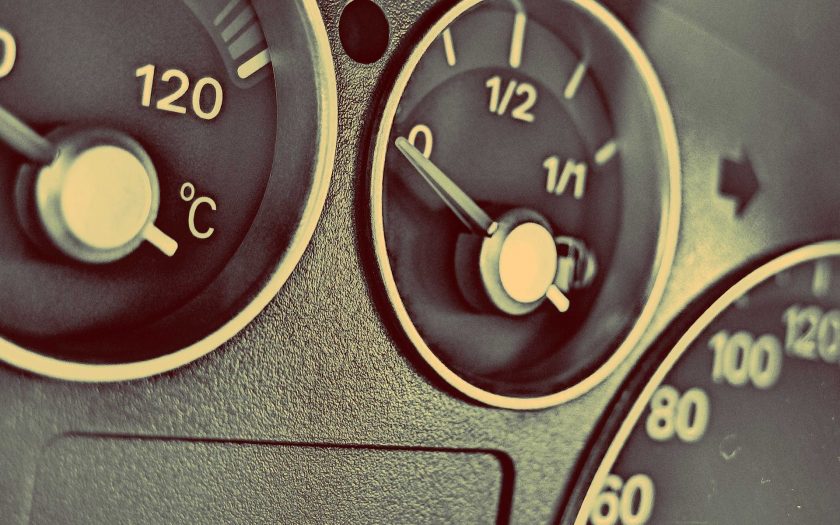MOST PEOPLE KNOW that allowing a diesel-powered vehicle to run completely out of fuel is unwise.
Most modern diesel engines have a computerised priming function that you can use if you run out of fuel (after refuelling, of course!) However, if your battery is healthy, you may not need it.
Modern diesel engines use a low-pressure electric fuel pump, usually located in the fuel tank. This delivers fuel to a high-pressure mechanical fuel pump (HPFP) driven directly from the engine.
If you run completely out of fuel, air gets into the lines and the pumps. Sometimes, this will necessitate bleeding the entire system – both expensive and inconvenient.
However, once you have refilled the tank and switched on the ignition, the electric pump will push fuel into the lines, usually at about 3 bar of pressure. This will compress the air in the line into a much smaller volume near the HPFP. The HPFP delivers fuel at much higher pressure than the electric pump, feeding the piezo electric injectors that then pump tiny amounts of fuel directly into the cylinders at thousands of psi.
Given enough turns of the starter motor, this will purge the air out of the fuel lines.
One thing you should remember is that diesel fuel is also used as both lubricant and coolant. Running the tank dry risks damaging the pumps. Priming usually opens the fuel return to the tank and allows all of the air in the lines to escape back into the tank. The HPFP will get some fuel immediately and the injectors within two or three cycles. This will reduce, but not necessarily eliminate, the possibility of damage.
But the best advice of all: don’t run out of diesel fuel.

If you drive a hybrid, you still need to think about your fuel, because running out of both fuel and electricity really would leave you stuck. And you can keep your hybrid’s fuel system cleaner using Redex Hybrid . When you’ve safely refuelled your car and need to get the engine running again, there are a couple of things you can do to make sure the engine fires without putting too much strain on the ignition, starter motor and battery. It can take a few tries to get the engine going because the fuel hasn’t circulated through the system, so it’s a good idea not to crank the ignition over and over again, as this will only drain the battery.